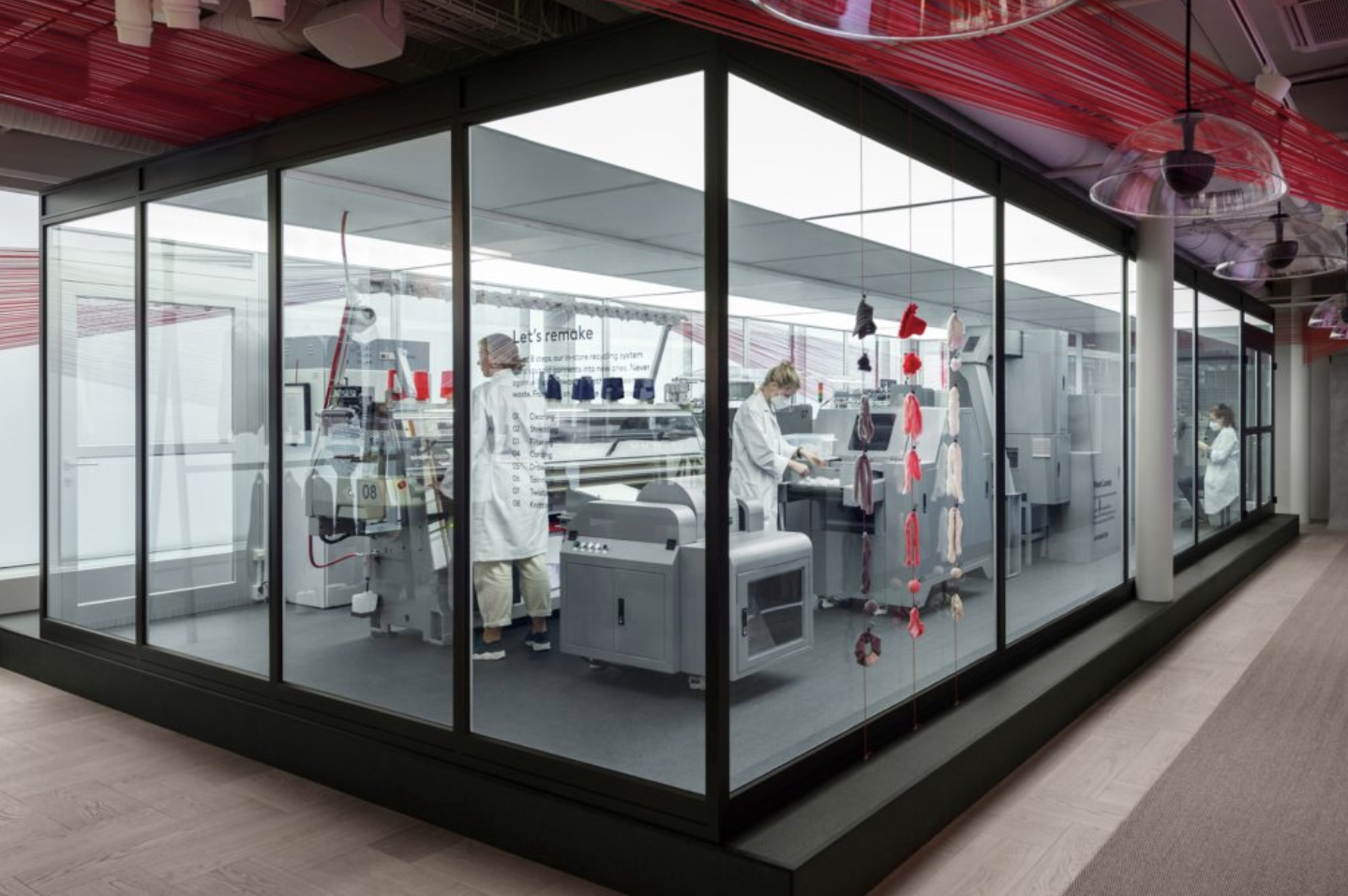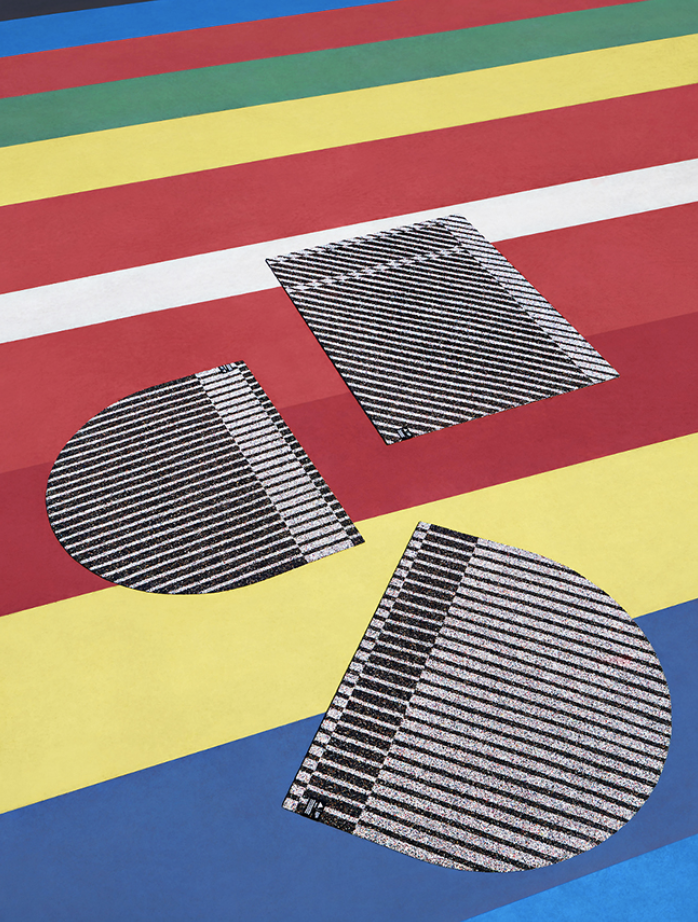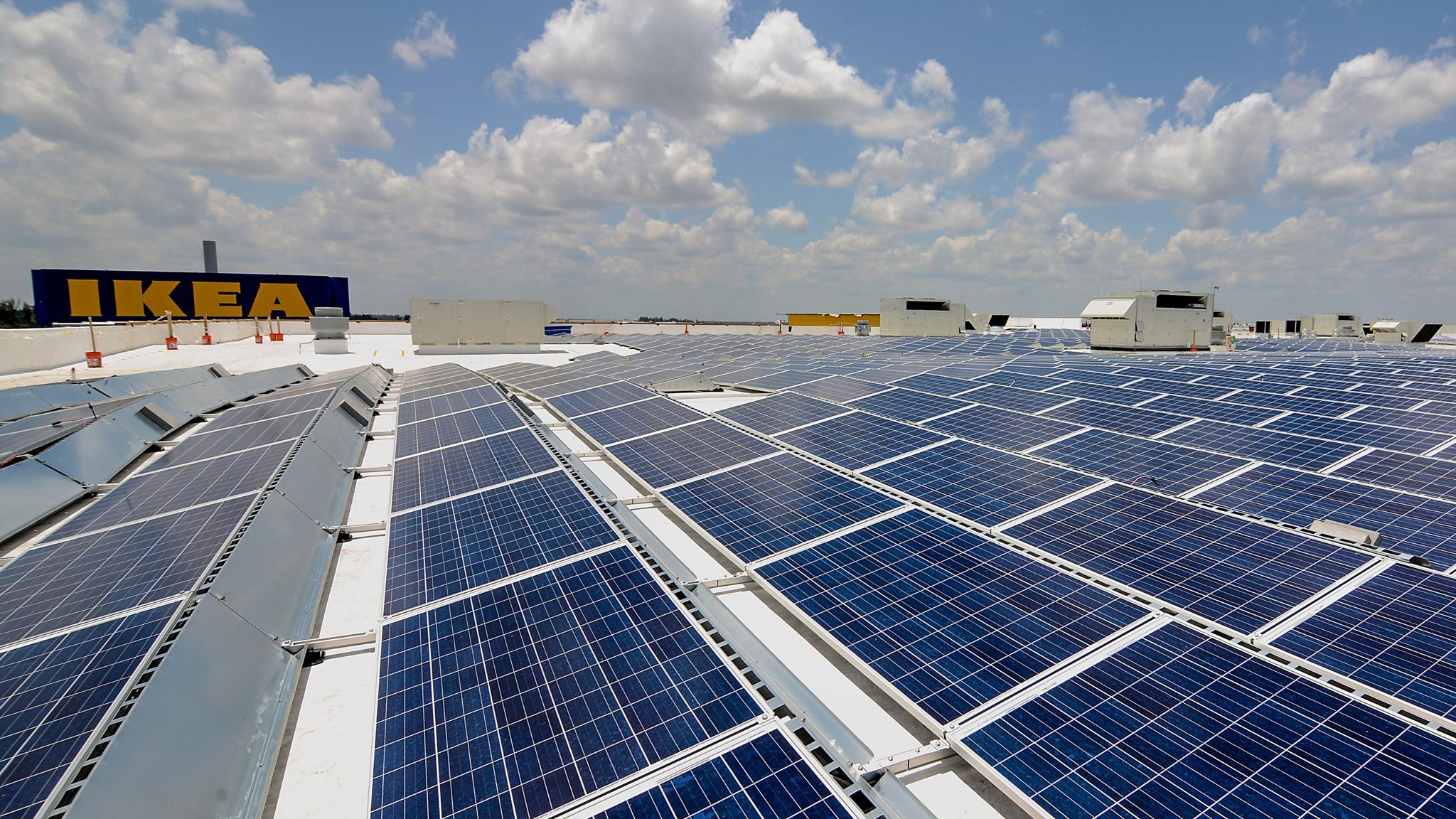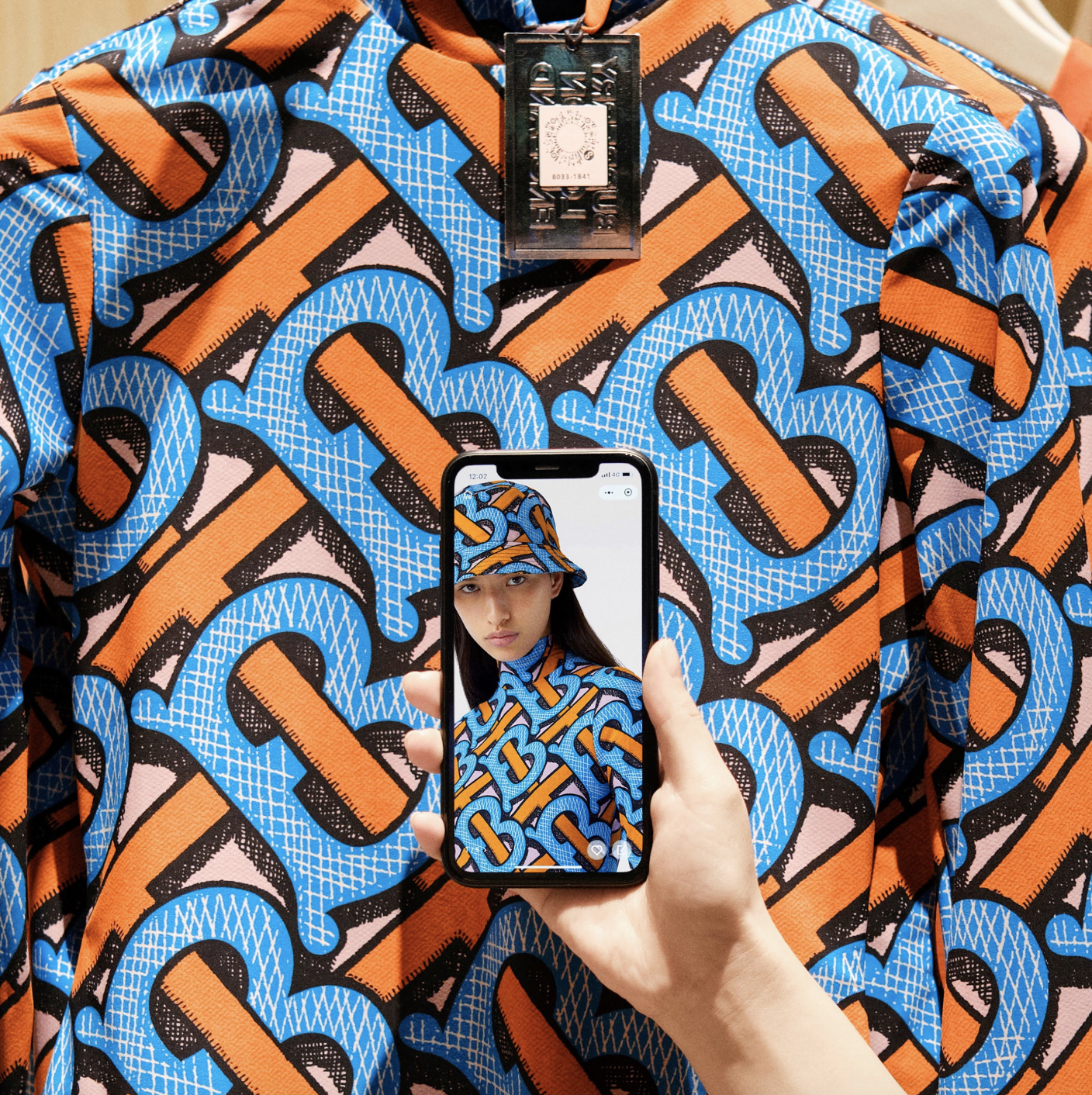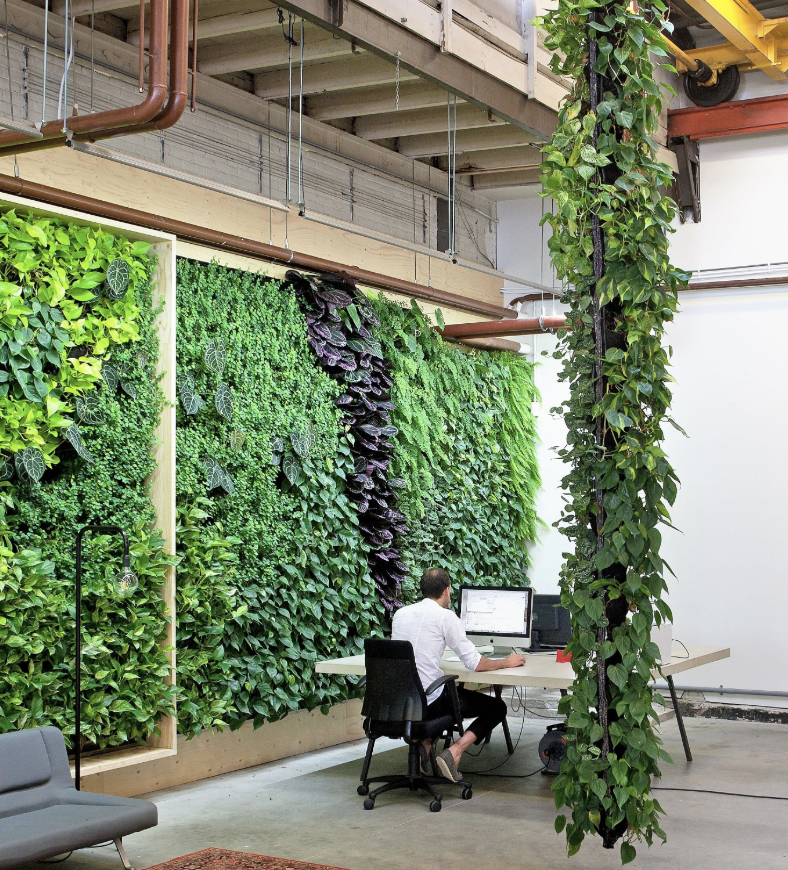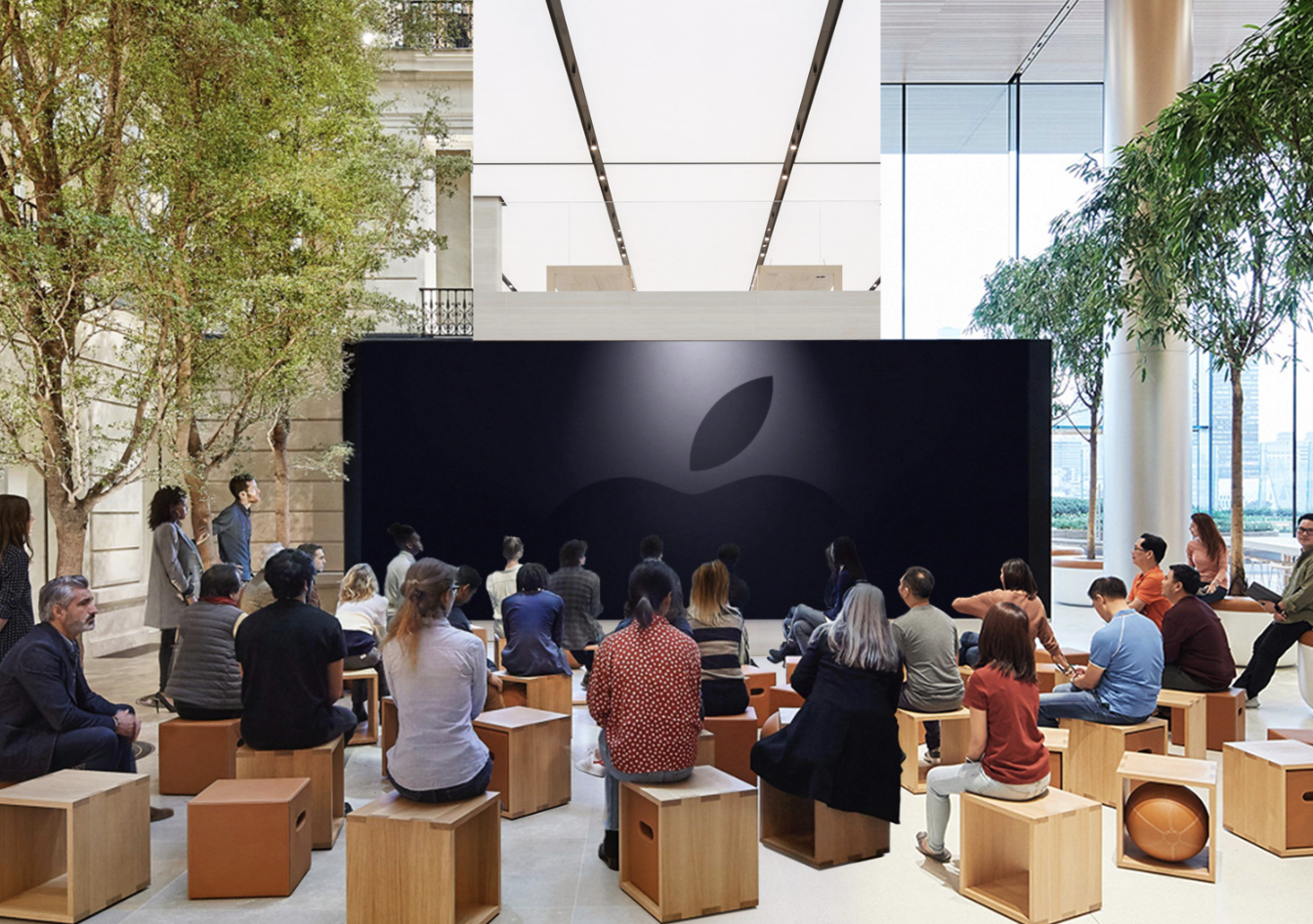Insights
Sustainable Retail: Key Considerations for Environmental Design
Charlotte Dawson
10/03/21

When it comes to environmentally conscious and ethically minded consumers, the key is providing both transparency and honesty. Brands need to be open and humble when it comes to their sustainability credentials – sharing what has been achieved in the past and the capabilities for achieving any future goals.
Ultimately, brands will need to invest now for great returns: as studies have shown, 83% of consumers would always pick the brand that has a better record of sustainability.
Below, we outline the key environmental principles that offer retailers opportunity to create architecture and environments which are better for their consumers and better for the planet.
1. Be Transparent in Everything You Do: Ensure that your actions are authentic and honest. Your mission and values should be communicated across all touchpoints.



